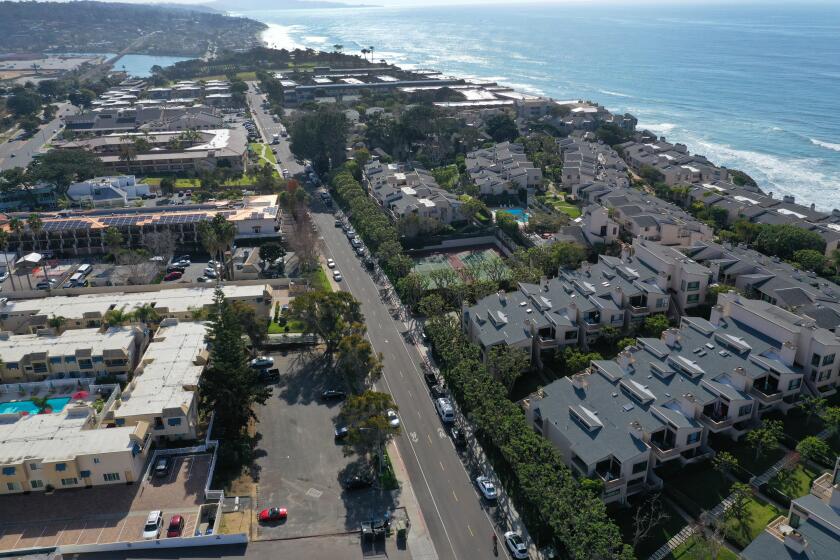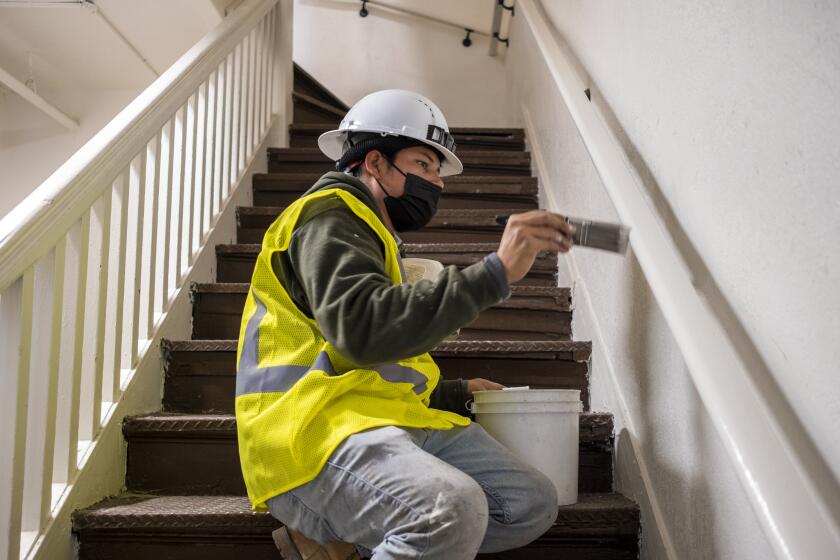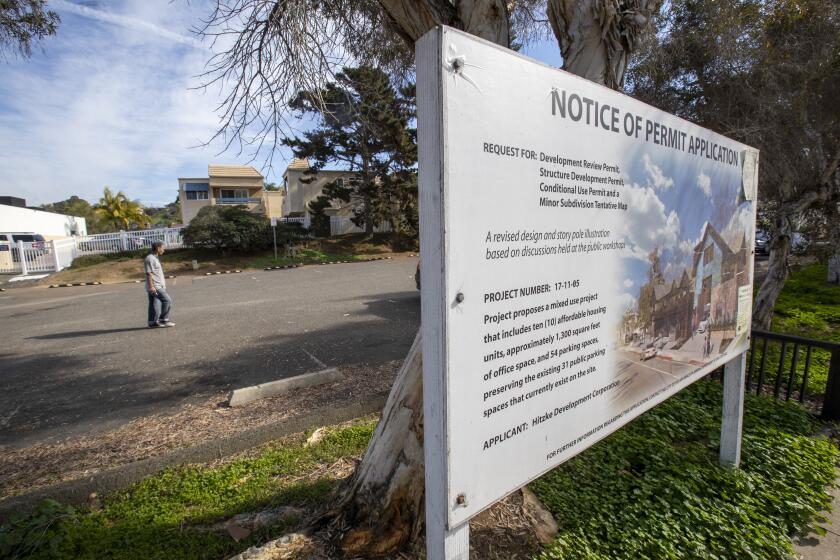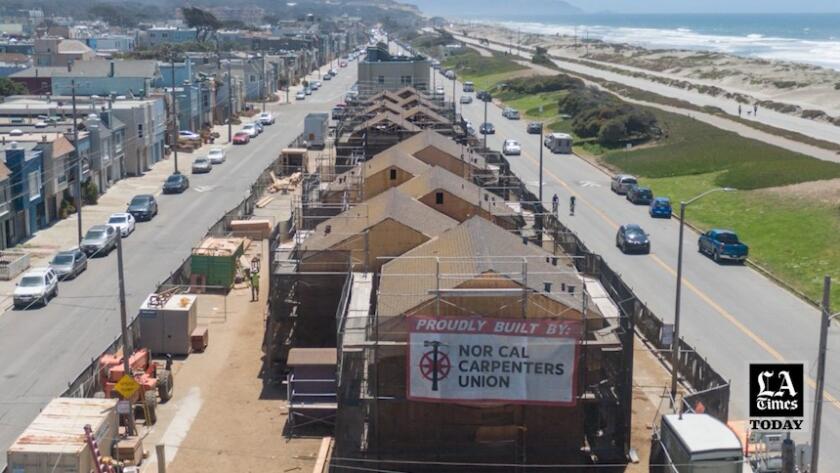Affordable housing in California now routinely tops $1 million per apartment to build
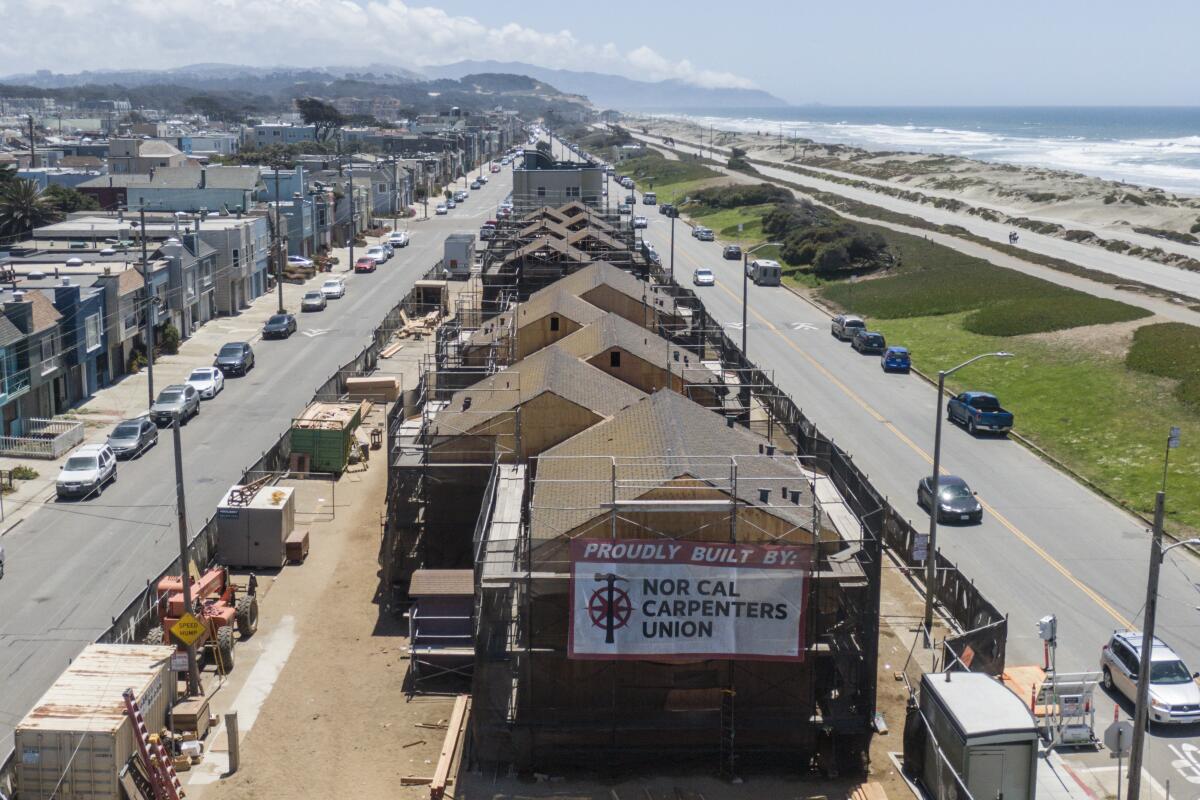
- Share via
More than half a dozen affordable housing projects in California are costing more than $1 million per apartment to build, a record-breaking sum that makes it harder to house the growing numbers of low-income Californians who need help paying rent, a Times review of state data found.
The seven subsidized housing developments, all in Northern California, received state funding within the last two years and are under construction or close to breaking ground. When completed, they will provide homes for more than 600 families.
But their exorbitant price tags mean that taxpayers are subsidizing fewer apartments than they otherwise could while waiting lists of renters needing affordable housing continue to grow.
“That is untenable,” said Assemblyman Tim Grayson (D-Concord), who is writing legislation aimed at simplifying state affordable housing financing. “That is not a sustainable model. We have got to do something to reduce the cost.”
A key driver of the increases is labor and material prices, which have soared because of inflation, supply-chain problems and worker shortages during the COVID-19 pandemic. But a Times investigation published in 2020 found numerous factors within the control of state and local governments also to blame for the high cost of building affordable housing in California.
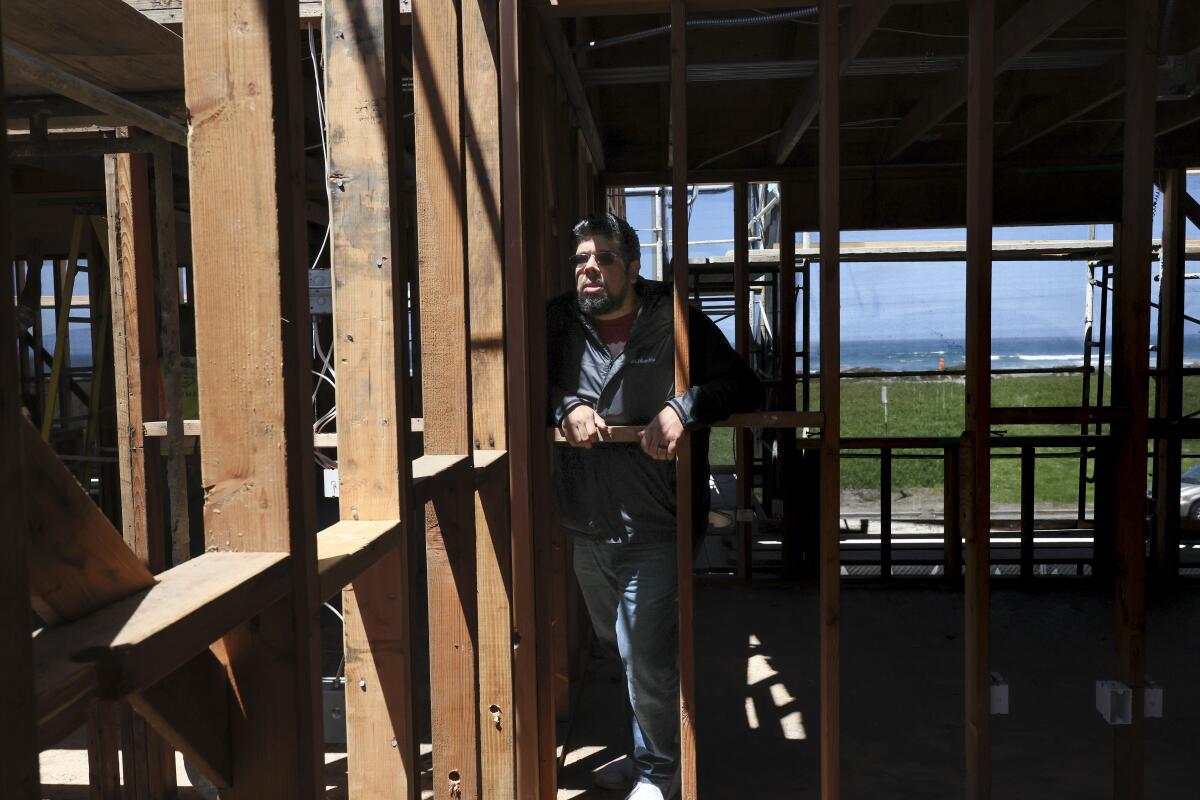
In comparison with private sector development, low-income housing is often saddled with more stringent environmental and labor standards. Affordable housing projects also frequently face high parking requirements, lengthy local approval processes and a byzantine bureaucracy to secure financing.
It costs more to build low-income housing in California than anywhere else in the U.S., and the coronavirus pandemic is likely to make matters worse.
Despite promises by Gov. Gavin Newsom and other state officials to rein in costs, they haven’t made comprehensive changes to address the factors cited by The Times, whose findings are similar to those of auditors and academic researchers in recent years.
“We haven’t seen any relief on any of those [cost] drivers,” said Elizabeth Kneebone, research director for UC Berkeley’s Terner Center for Housing Innovation, which published one of the reports. “We’ve only seen more challenges piling on top of each other. There’s been nothing to bend the curve. It just rises further upward.”
To support housing for low-income residents, federal, state and local governments provide direct financing and tax credits, which reduce what banks and other large investors owe the Internal Revenue Service and the state treasury if they help pay for housing projects. The funding requires developers to cap what tenants pay in rent.
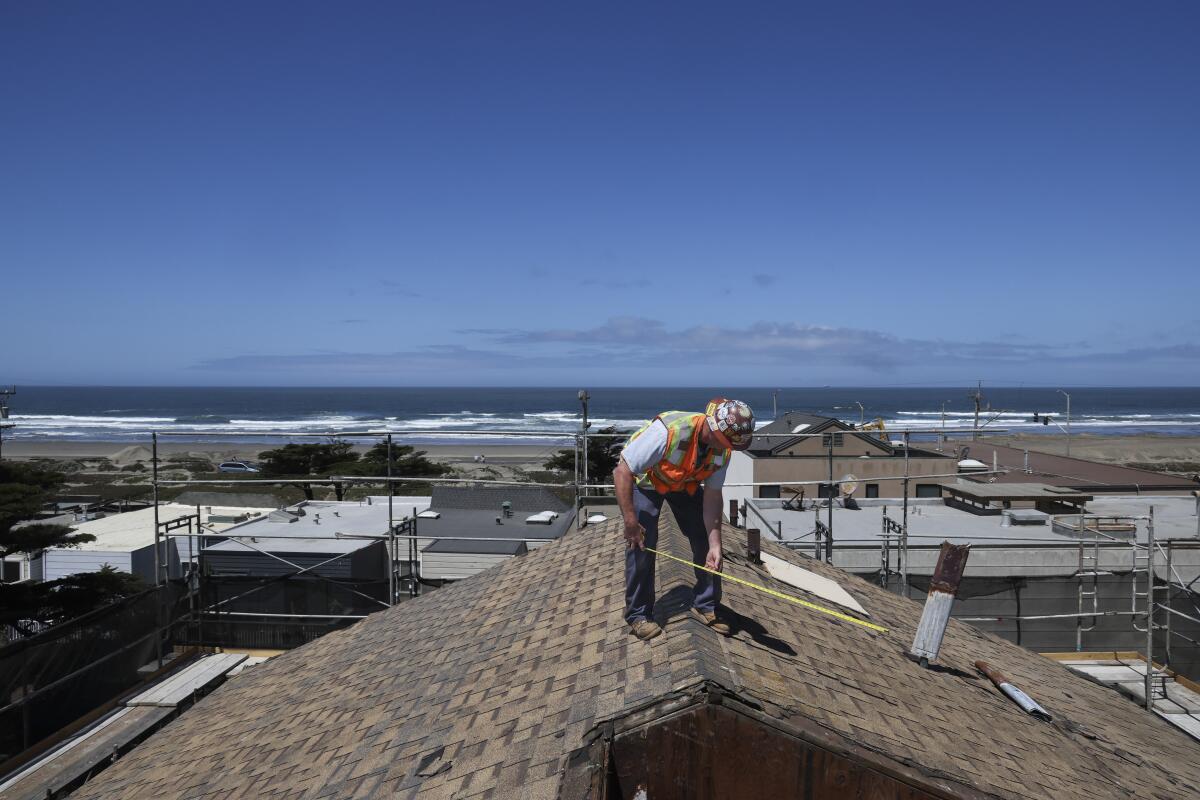
One of the seven projects at issue, a rehabilitation of an 84-unit public housing complex in San Francisco’s Hayes Valley neighborhood, will offer two-, three- and four-bedroom apartments for between $1,186 and $2,805 a month.
The amounts are far below market rates in San Francisco, where the median rent for a two-bedroom apartment is $2,592 a month, according to real estate firm Apartment List. The Hayes Valley apartments are only available to families earning less than 60% of the region’s median income.
The project, which is a partnership between the city of San Francisco and St. Louis for-profit developer McCormack Baron Salazar, costs $91.7 million, which translates to almost $1.1 million per apartment.
Previously, The Times identified one other — much smaller — proposed affordable housing development in California that eclipsed $1 million per apartment to build. But that project, which called for the construction of 10 units for low-income families in Solana Beach along the San Diego coast, collapsed in 2020 because it grew too expensive.
The seven projects that now top $1 million per unit would be the costliest built in California and probably the country. They are in the San Francisco Bay Area, the state’s priciest region, with three in San Francisco, two in Oakland and one apiece in San Jose and Concord, a Contra Costa County suburb. The most expensive is a rehabilitation of 69 public housing units in San Francisco at a cost of more than $1.2 million per apartment.
Developers and supporters of each project emphasize they’re sorely needed to provide safe and secure homes for lower-income and homeless residents. A proposed 80-unit complex in San Jose for formerly homeless foster youth and families will serve a neighborhood rife with overcrowding with two or three households frequently sharing a single apartment, said Geoff Morgan, president of First Community Housing, the complex’s nonprofit developer.
But Morgan conceded the price tag of just over $80 million is hard to stomach.
“It’s nauseating,” Morgan said. “I hate it.”
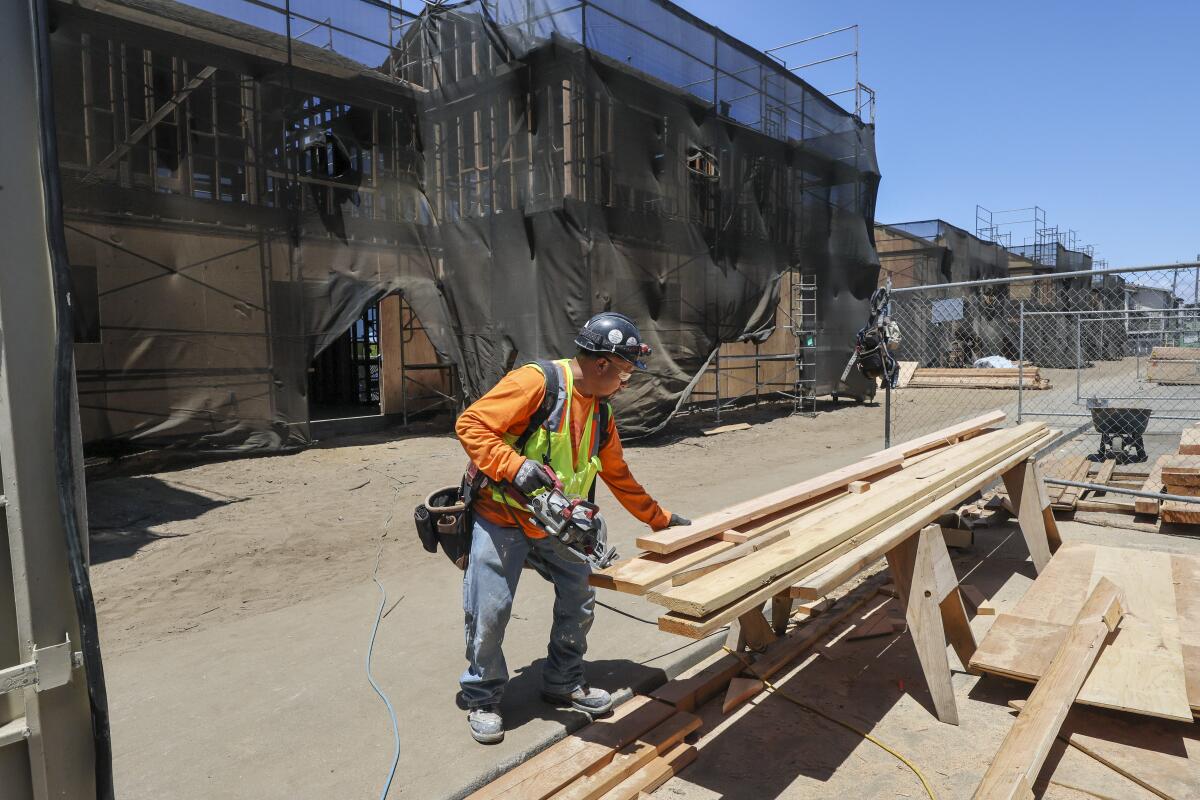
Many of the factors contributing to the high cost of the project, known as Roosevelt Park, were identified by The Times in 2020. The complex has a two-level underground parking garage and the highest level of environmental certification by the U.S. Green Building Council, and developers will pay construction workers union-level wages. San Jose officials also wanted commercial space included in the project, which required more parking and a separate elevator, Morgan said.
The project additionally struggled to get financing through the state’s affordable housing system and is relying on six government funding sources to pay for its construction.
The Terner Center study on the cost to build low-income housing found that projects paying union-level wages to construction workers could cost $50,000 more per apartment and those built to stricter environmental standards cost $17,000 more per apartment than those that aren’t. The study examined developments the state funded between 2008 and 2019.
The Times analysis of a similar set of projects found that for each additional funding source a project needed, the average per-unit cost increased by more than $6,000.
A developer working to preserve affordable rentals in South L.A. and build housing for homeless people has won praise from the likes of Oprah Winfrey and Mayor Eric Garcetti, who see his work as an important step in dealing with the city’s housing crisis. But the entrepreneur’s efforts are also facing criticism from tenant advocates. A look inside SoLa Impact.
A significant part of the cost comes from developers paying attorneys and consultants to navigate state and local bureaucracies to secure financing.
Most large states have one agency that hands out affordable housing dollars. California has five — with varying requirements for what gets funded. Those agencies report to different elected officials, leaving no one in charge of overseeing the system as a whole. A 2018 study by the U.S. Government Accountability Office found that 14% of the price tag for California’s affordable housing projects was made up of consulting fees and other administrative costs — the highest in the country and more than developers spend on land.
When unveiling his state budget proposal in January 2020, Newsom pledged to lead an effort to streamline how developers get their funding.
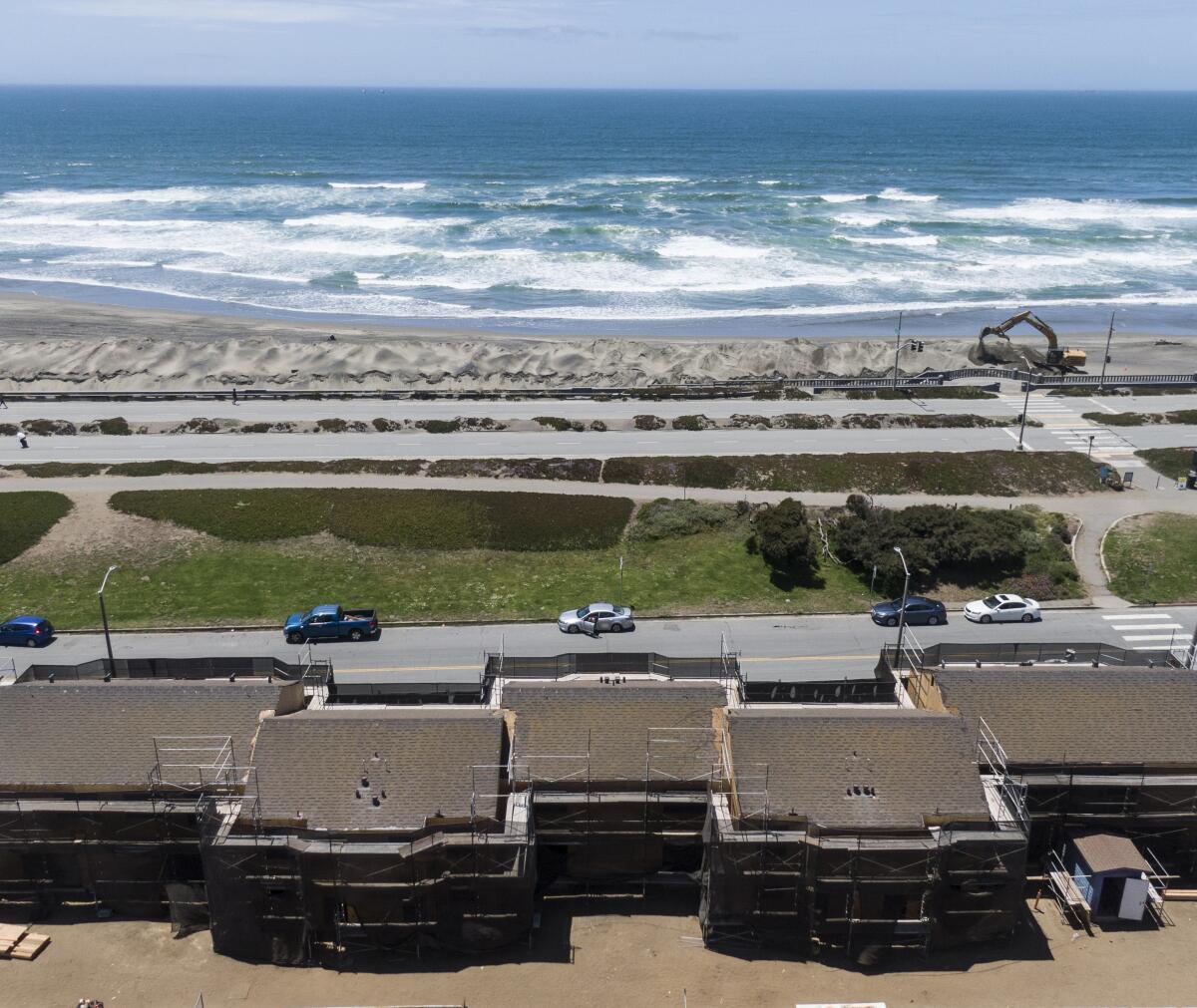
“I’ve just had enough with TCAC and CDLAC and OPRs and CalVets and HCDs and CalHFAs,” the governor said, name-dropping the alphabet soup of departments involved in financing housing projects. “Six of you understand what the hell I just said. No one else does. And that’s the point.”
But Newsom and others have not overhauled that process. Instead, they have implemented smaller reforms, such as consolidating funding streams within agencies and modifying regulations for evaluating individual projects to better account for costs.
This year, Grayson’s legislation to centralize state affordable housing funding under the governor failed in a fiscal committee. He’s introduced a new version, Assembly Bill 2305, which passed the Assembly last month and is awaiting a Senate committee hearing.
“We should be looking at where we could save money on the government side so that we can fund these projects and make it pencil out for the developer on the building side,” Grayson said. Doing so, he said, is necessary “so that the people that need it the most are not the ones that suffer the most because the housing’s not built.”
In the meantime, Newsom and state lawmakers have pumped unprecedented sums into affordable housing construction. This year’s budget includes a record $17 billion for housing and homelessness programs, including $1.75 billion in federal COVID-19 relief funds to finance proposed low-income developments that had stalled before breaking ground. Five of the 27 developments funded so far through that program are among those that cost more than $1 million per apartment to build.
The governor’s office declined an interview request. Gustavo Velasquez, a Newsom appointee who heads the California Department of Housing and Community Development, said the $1.75-billion effort is meeting its goal of accelerating construction of developments that had been stuck.
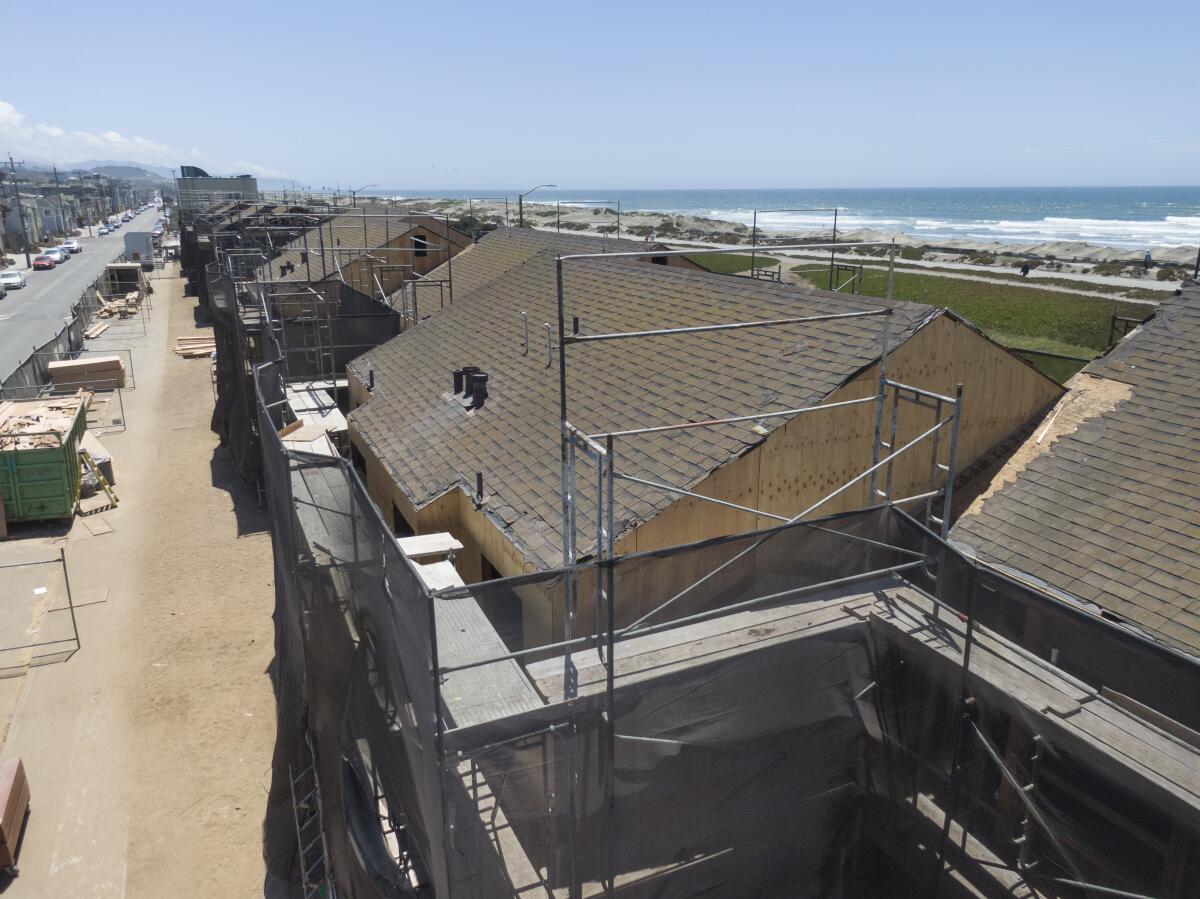
“It is what it is,” Velasquez said. “Yes, there are some projects that were very expensive, arguably, in the Bay Area, many of them because the cost of housing there is more than in other parts of the state.”
Newsom has not taken a position on Grayson’s legislation.
State Treasurer Fiona Ma, whose office is responsible for allocating affordable housing tax credits to developers, also declined an interview request. In response to written questions from The Times, Ma said she opposed Grayson’s bill, which would diminish her power over the financing process, calling the effort “overly simplistic.”
“Bureaucratic structures are the least of California’s problems,” Ma said. “Streamlining local government land-use approvals and federal tax law constraints is the more effective approach.”
Ma said that the agencies under her control prioritize cost concerns when handing out funding and that land values and inflation have driven recent increases.
Building this affordable housing project in Solana Beach will cost more than $1 million per apartment. We discuss how that happened with the developer.
During the pandemic, developers have had to contend with historic surges in material and labor prices. Those costs have gone up nearly 30% since February 2020, according to the state’s California Construction Cost Index. Last year’s 13.4% annual increase was the highest since the index began tracking costs more than a quarter-century ago. This year’s cost escalations are on pace to exceed that amount.
“What really hit people was in the beginning of the year, all of a sudden within a few months, we had a 15% increase,” said Morgan, the developer in San Jose. “That was crazy. I’ve never seen that in my career, and I’ve been doing this for over 20 years.”
Others blame high building costs on the historic lack of investment in low-income housing.
The three San Francisco projects costing more than $1 million per apartment will rebuild 310 units from the city’s public housing stock, which has deteriorated over decades. Included in the total are the millions developers must spend to temporarily relocate existing tenants during construction. So is the value of the existing properties, even though, in these cases, they’re publicly owned.
But the projects’ price tags also encompass layers of city requirements for affordable housing that go beyond the state’s, such as some mandates to include public art, increase access for people with disabilities and hire local construction workers, including those from disadvantaged neighborhoods.
“Each of these issues has its own constituency and has its own advocacy and its own social benefit,” said Lydia Ely, a top San Francisco housing official. “Each one on its own is worthy, and added up all together, they start to make an impact.”
Though the price tag for low-income housing in Greater Los Angeles has not reached $1 million per apartment, it’s also rising. One 79-unit development under construction in Hollywood is costing nearly $848,000 per apartment to build, the highest on record of state-funded projects in the region.
These cost escalations show no signs of abating. Besides the seven projects already funded at more than $1 million per apartment, half a dozen other proposed projects identified by The Times across the Bay Area also eclipse that amount.
- Share via
Watch L.A. Times Today at 7 p.m. on Spectrum News 1 on Channel 1 or live stream on the Spectrum News App. Palos Verdes Peninsula and Orange County viewers can watch on Cox Systems on channel 99.
More to Read
Sign up for Essential California
The most important California stories and recommendations in your inbox every morning.
You may occasionally receive promotional content from the Los Angeles Times.
